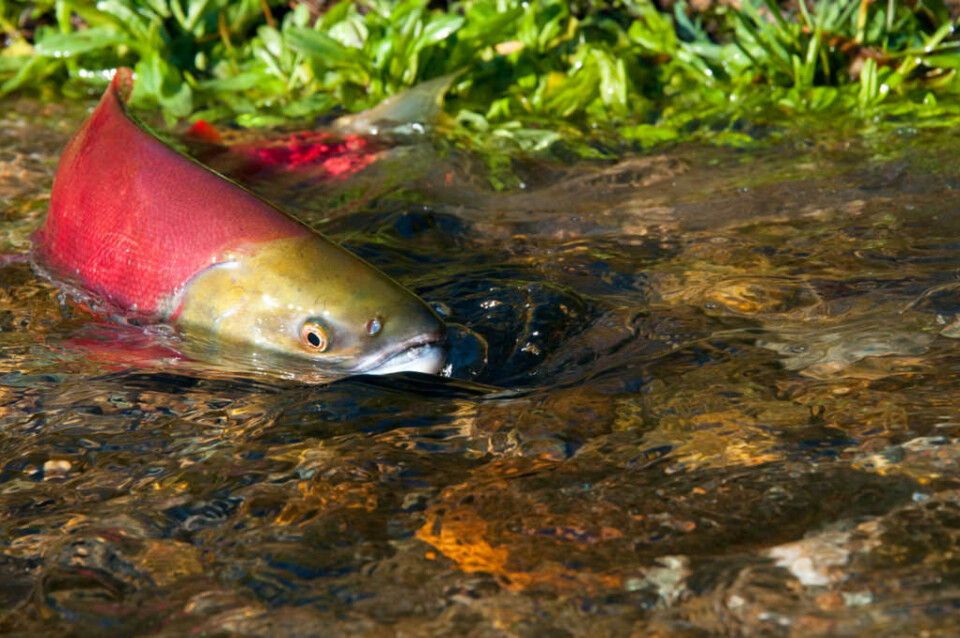
International salmon expedition sends back valuable data
The international salmon expedition that set sail from Vancouver in February has sent ashore some new data regarding the migratory patterns of wild salmon.
Scientists have been testing molecular DNA at sea and have found that coho salmon from British Columbia and Puget Sound in the US are spending the winter in the Gulf of Alaska.
A 10-stage process that extracted DNA from the fins of the coho pinpointed the origin of the wild fish. Scientists on board the Russian trawler are using genetic analysis devices to conduct research. These include a device that measures the size of a hand and another the size of a bread box.
“There is just no way this would have been possible [before these devices existed],” said Kristi Miller, Fisheries and Oceans Canada’s Pacific Biological Station in Nanaimo, located on Vancouver Island.
With limited electricity and no internet access, researchers are using laptops to process the data. Miller told The Times Colonist that the field operation of technology on the expedition might be the most advanced in molecular DNA research to date.
Chum and coho
Chum and coho have been the main salmon species caught so far. “These high seas migrating coho salmon were not from a specific area, but from a wide geographic distribution,” said a report sent from researchers at sea.
“They are actually staying together pretty well. You are finding pockets of the same stock. It does appear that stocks have different migratory behaviours and a large portion of a given stock may actually go the same direction every year,” said Miller.
The $1.3 million expedition will return to Vancouver in two weeks. Researches from Canada, the US, Russia, Japan and Korea will share their findings once they return. Funders included the BC Salmon Farmers’ Association.
The new innovations and technology on board the vessel are helping researchers find out which routes wild salmon travel, what predators and diseases they encounter and what type of behaviour they exhibit when out at sea. To date the migratory patterns of salmon have not been studied this closely.
Chinook
Miller explained that the first samples of salmon collected on the trip were very small but recent samples have found healthier varieties. Some British Columbia salmon stocks are healthy while others such as chinook are dwindling.
Chinook salmon is the main food source for the British Columbia resident killer whale population. The species also supports a large fishing tourism industry which employs thousands of people in coastal communites. Therefore, the data collected is integral to helping the future generations of wild fish and the aquaculture industry in North America and internationally.
“It would be really fantastic if everybody was ultimately able to use the same technology and database,” said Miller. The data collected will be shared with salmon-producing countries.
The North Pacific Anadromous Fish Commission organised the research expedition as part of 2019 - The International Year of the Salmon.























































